The Travel Diary: Discovering Dubai's hidden beauty
- Text by Sebastian Gansrigler
- Photography by Sebastian Gansrigler

Selfie obsessed tourists dance in front of Burj Khalifa, camel traders ride through hot sand storms, oil thieves stalk lifelessly through the shopping palaces. The Sheikhs bask in their power. Burkas move elegantly in the desert wind.
Dubai is the ultimate playground of excess, a land of the endless riches, greed and gluttony. Artificial, but not artistic, and built out of nothing. A construct of a luxurious sand metropolis, Dubai is almost a mistake of nature, excessive material fatigue, a contrasting fascination.
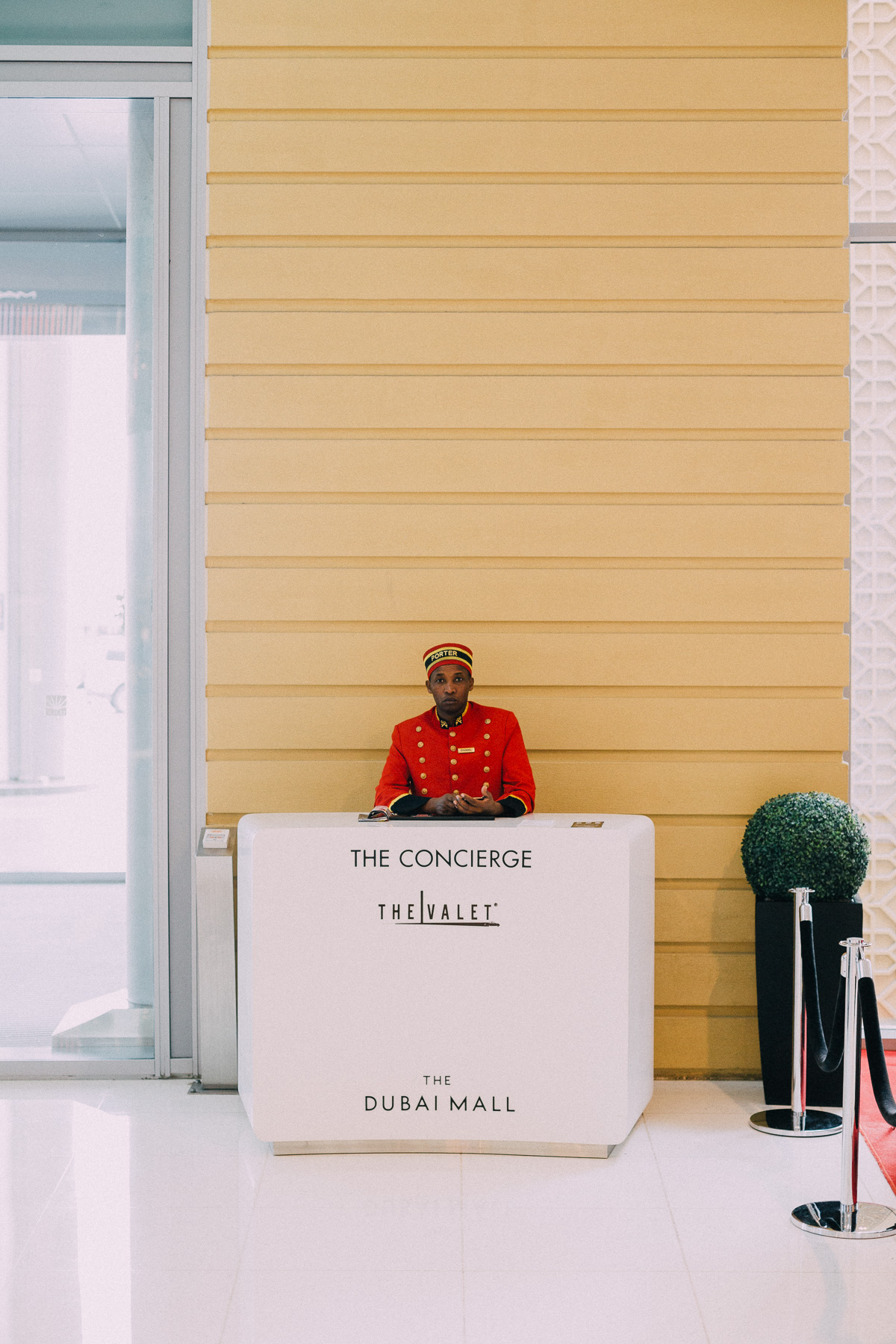
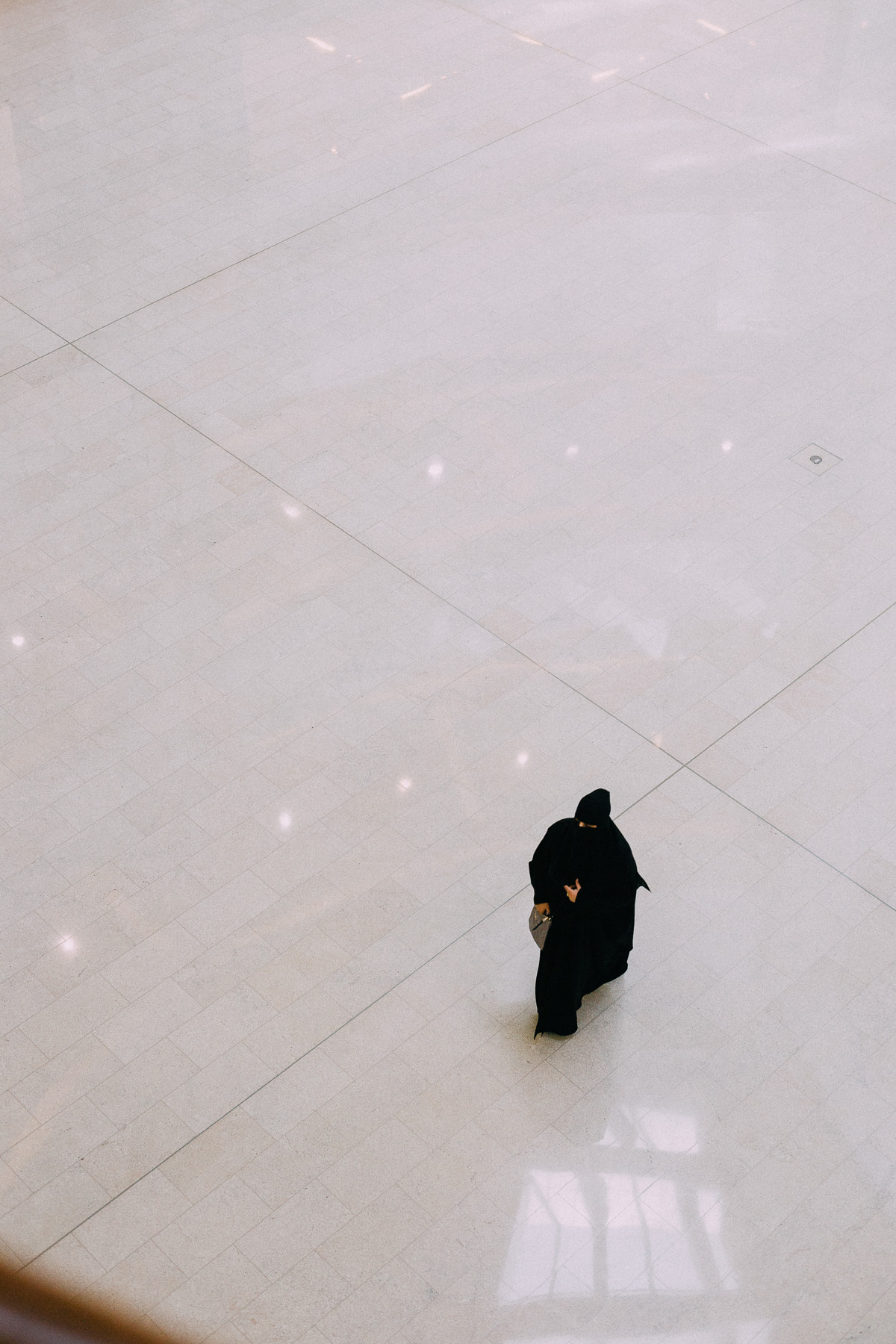
Its modernisation in the second half of the 20th century has helped Dubai to position itself as one of the fastest growing cities in the world. It is said that up to 20% of the cranes in the world were once in the city. Today she has 2.7 million inhabitants, and Dubai has no shame in its ambition, its obsession even, with creating the largest and most luxurious artificial structures on earth.
In 1990 there was only one skyscraper in Dubai, now there are over 400. The Burj Khalifa is the tallest building in the world, with 163 floors standing proud at 828 metres. Measuring up at 1.1 million square metres, the Dubai Mall is the largest shopping centre in the world. The Dubai Metro is the longest automated metro network in the world. At the same time, Dubai is one of the safest places – the crime rate is virtually zero in the entire city.
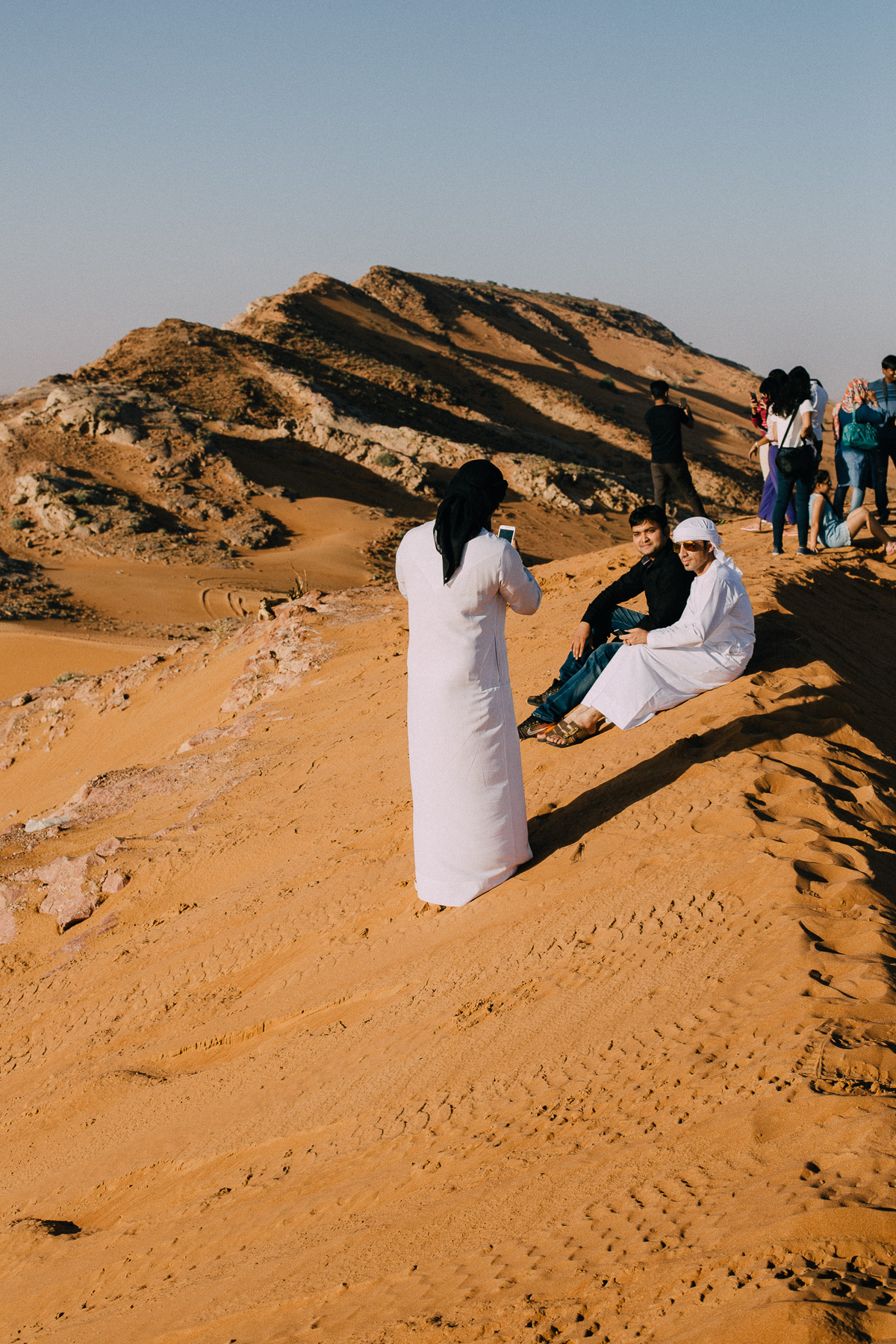
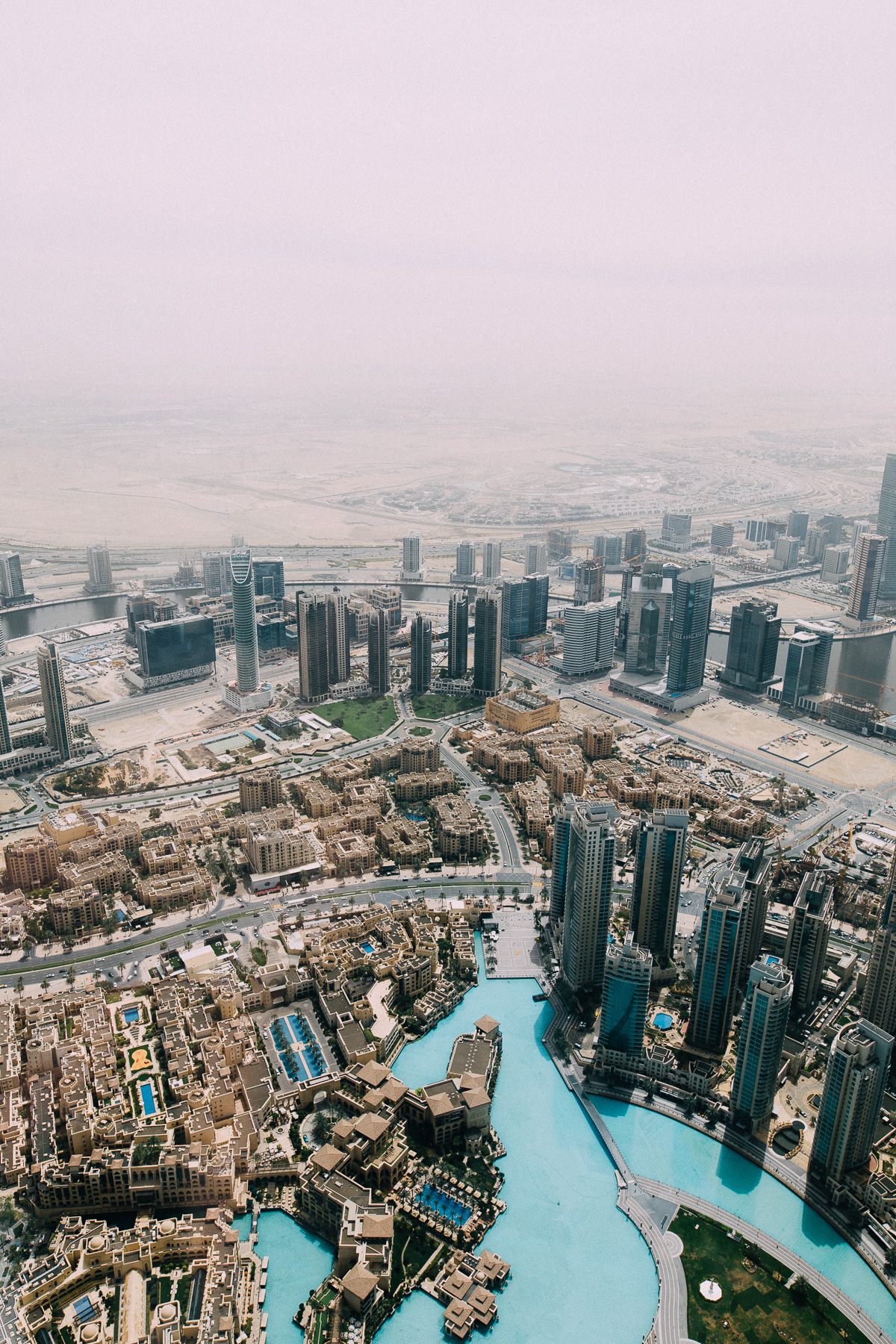
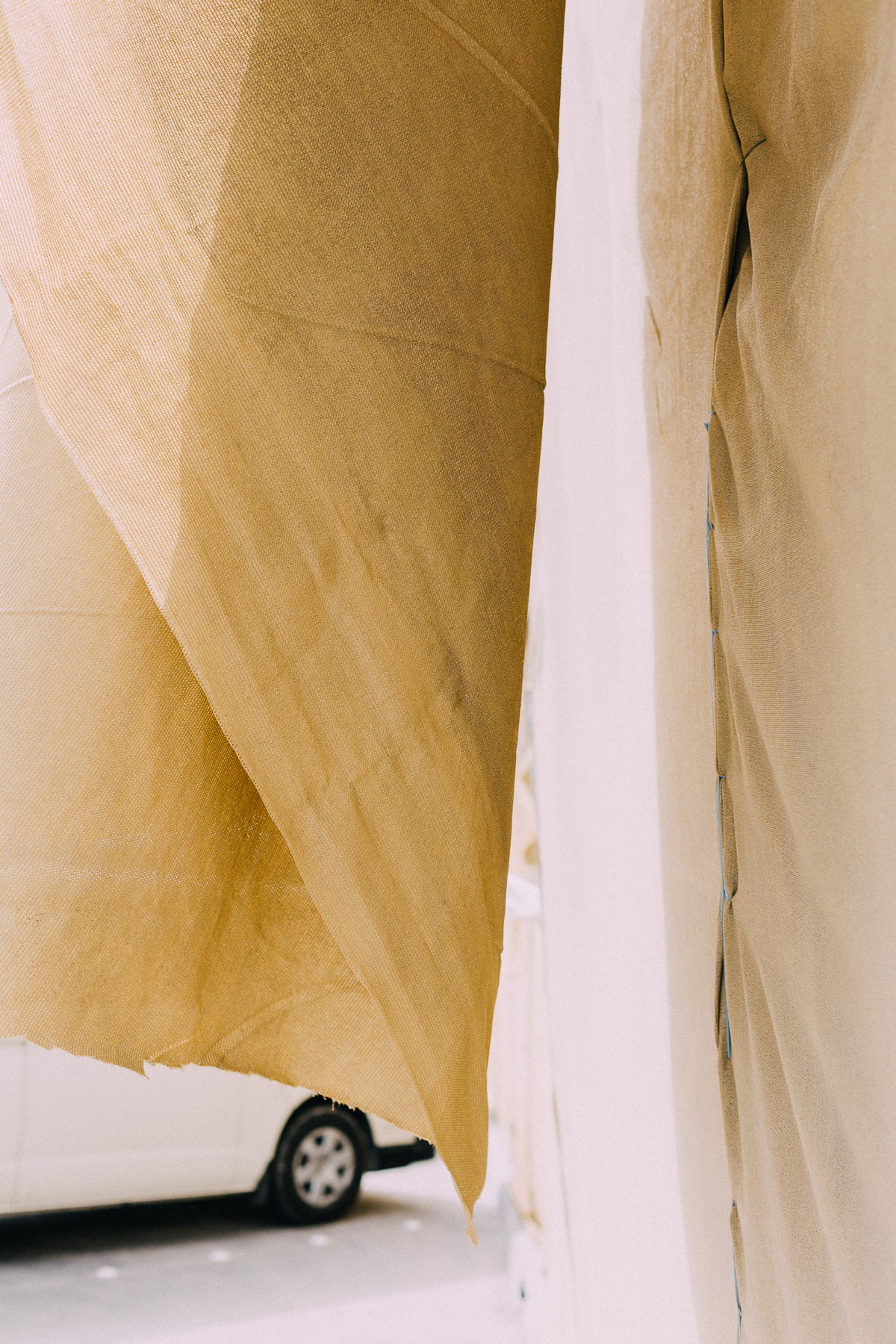
A slightly other-worldly place, the city looks like a sci-fi movie, often empty, too clean and isolated. But in spite of all the absurdity, somewhere between innumerable sand dunes and monuments, one can find kind, intimate moments and rare scenes of humanity.
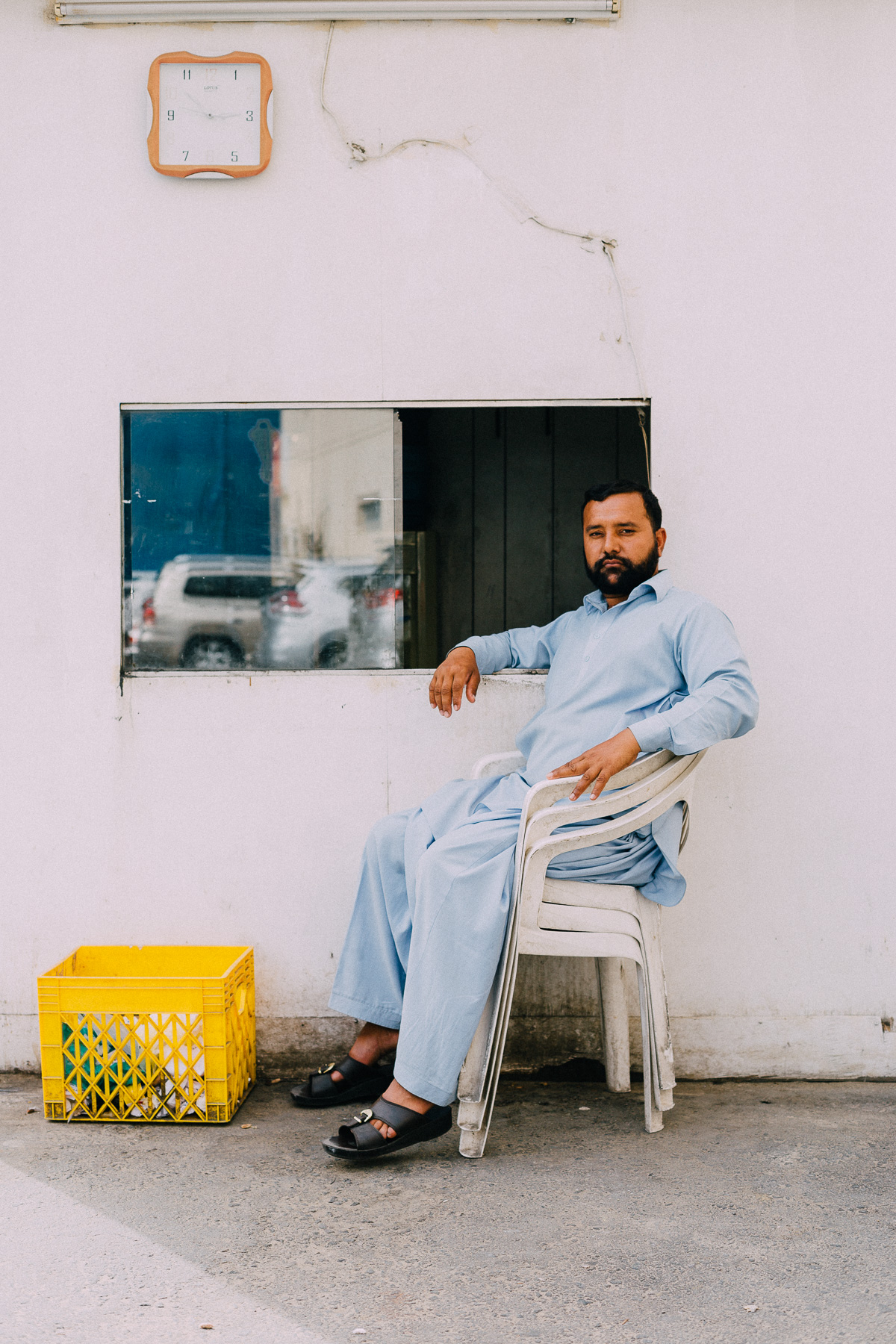
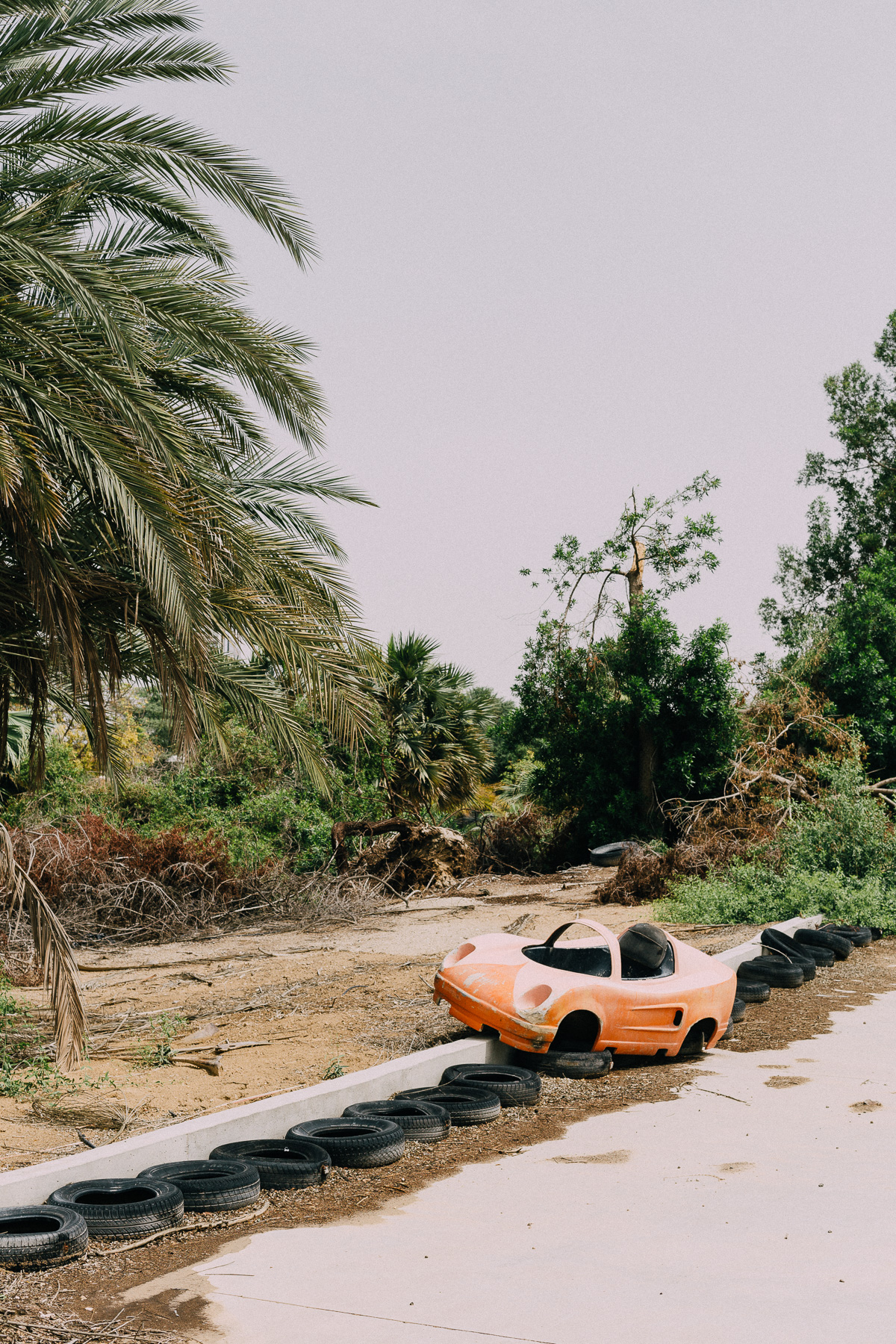
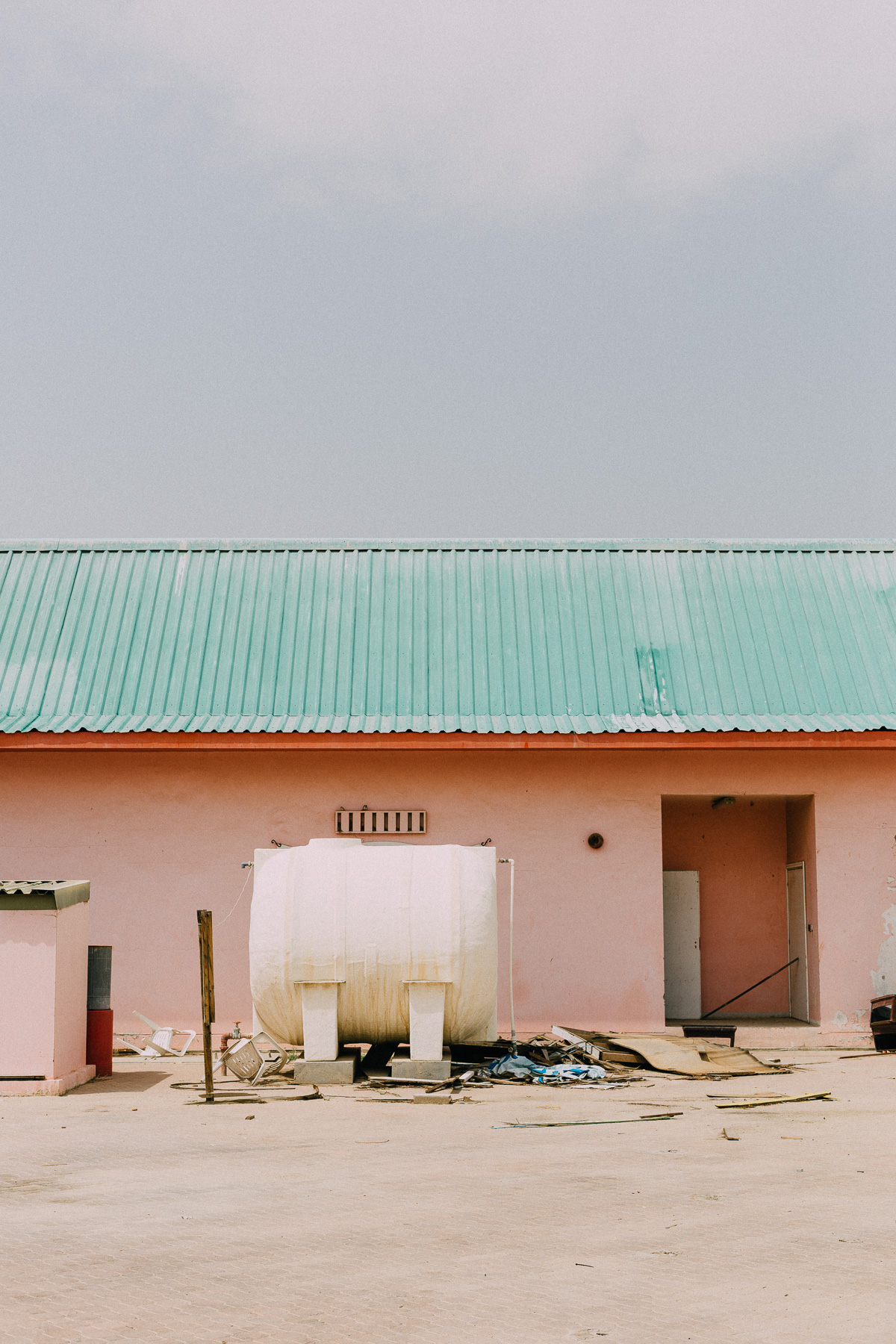
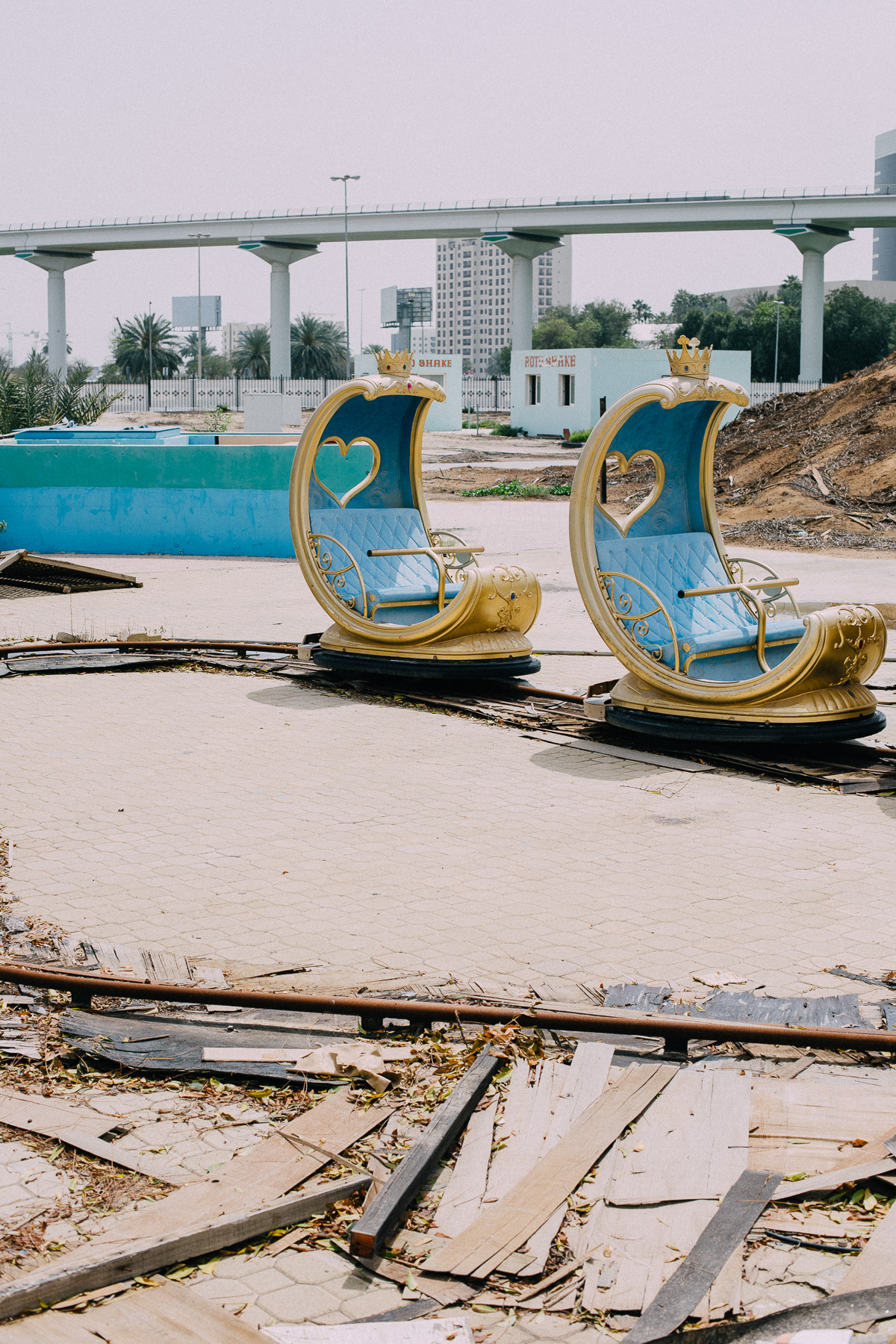
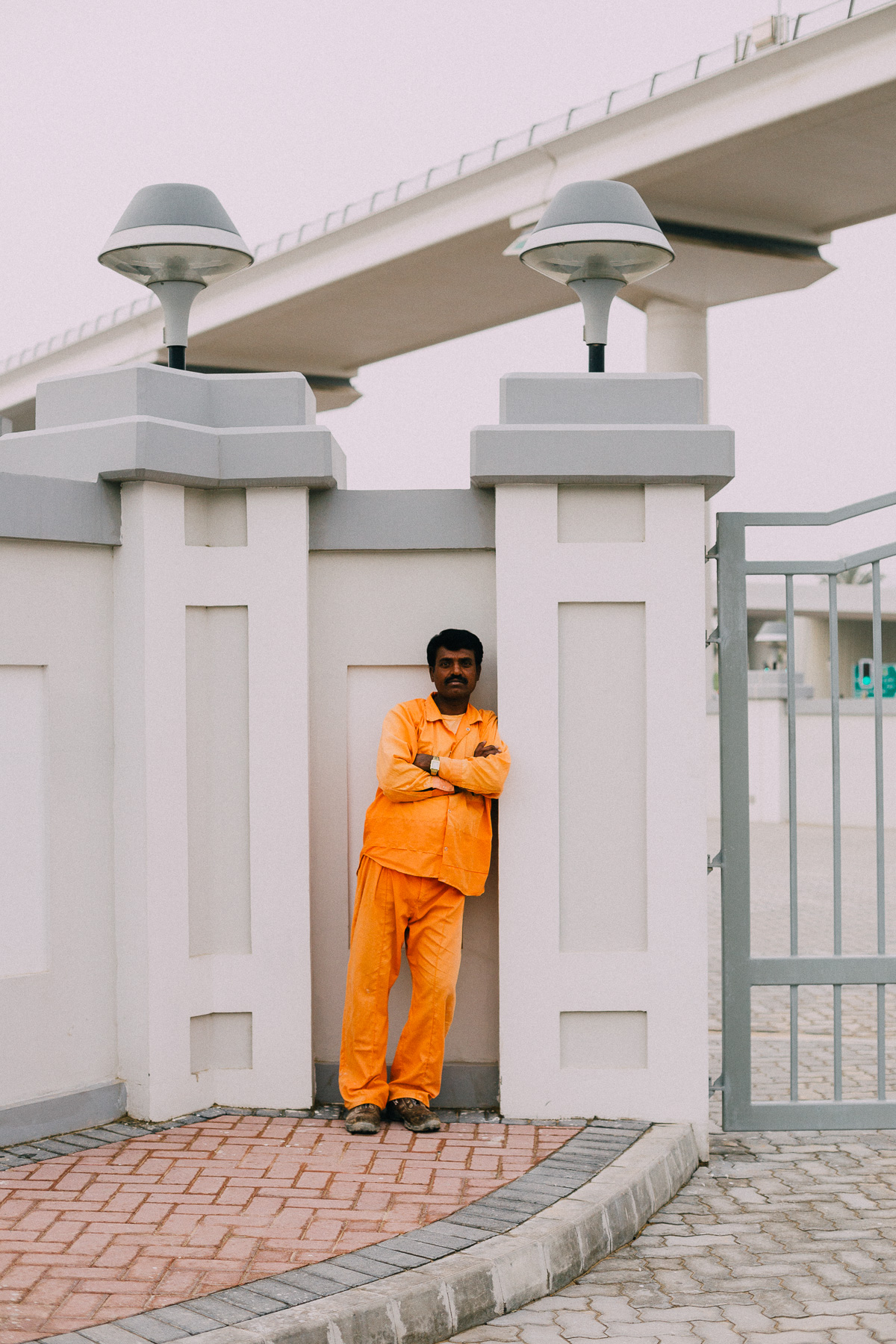
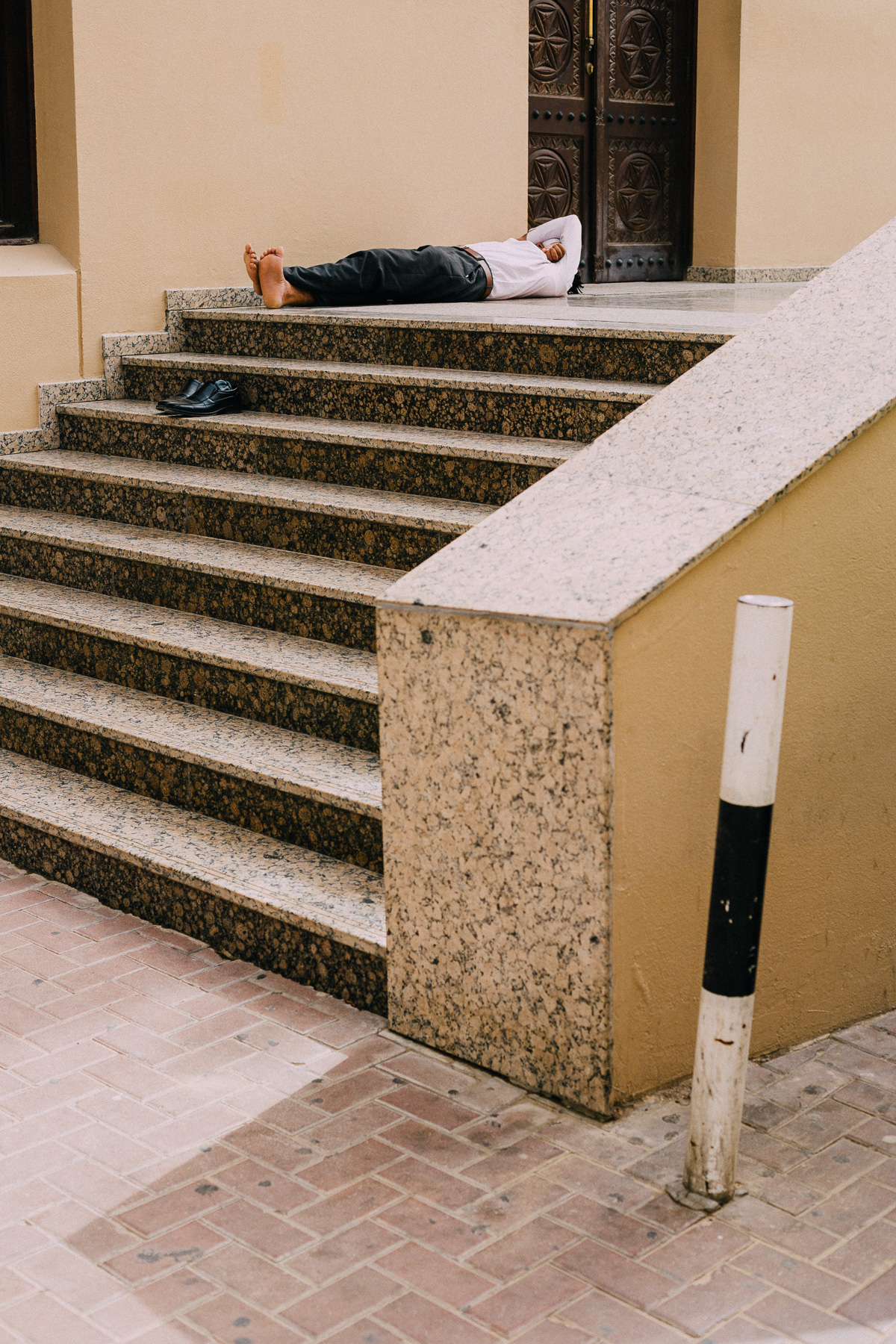
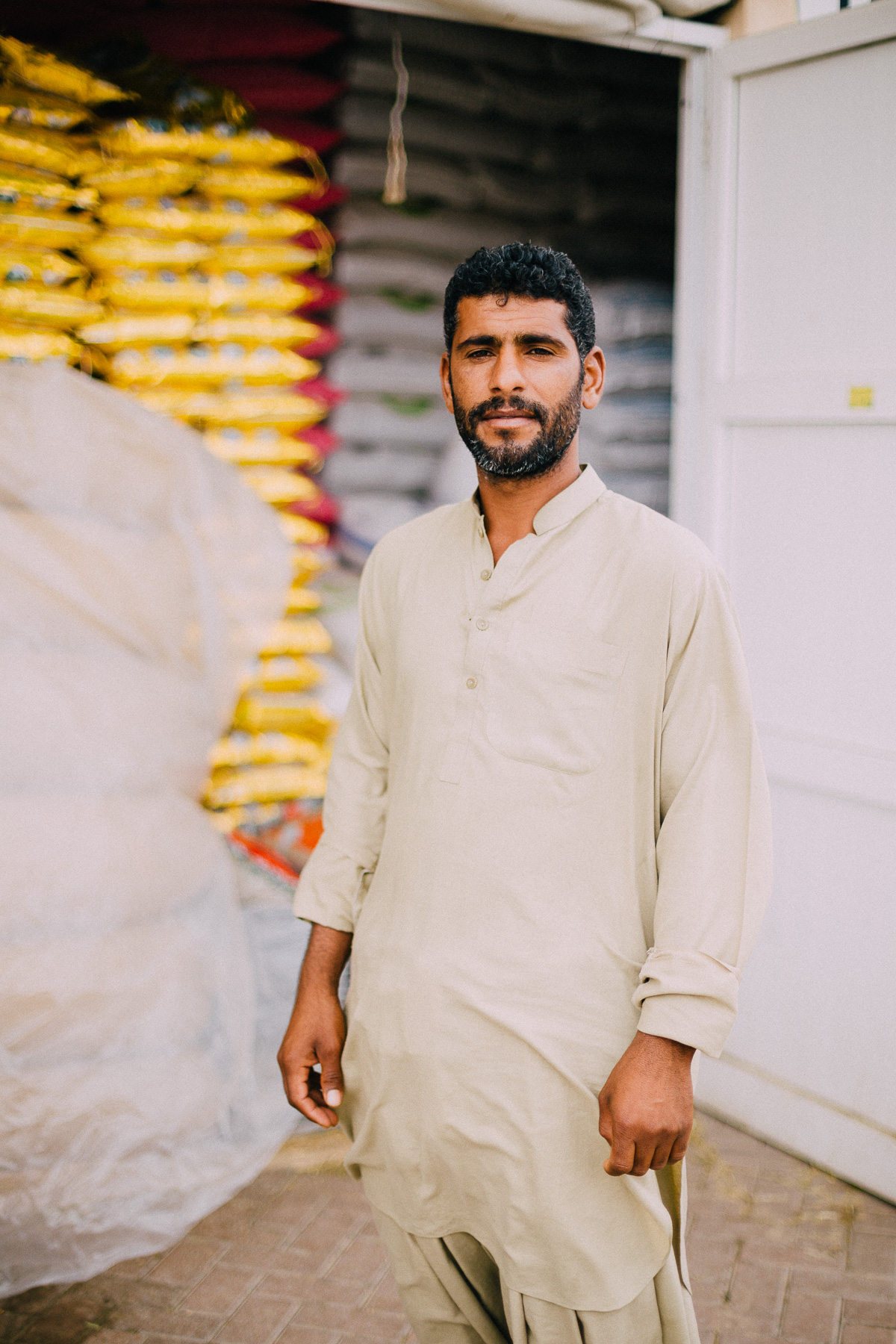
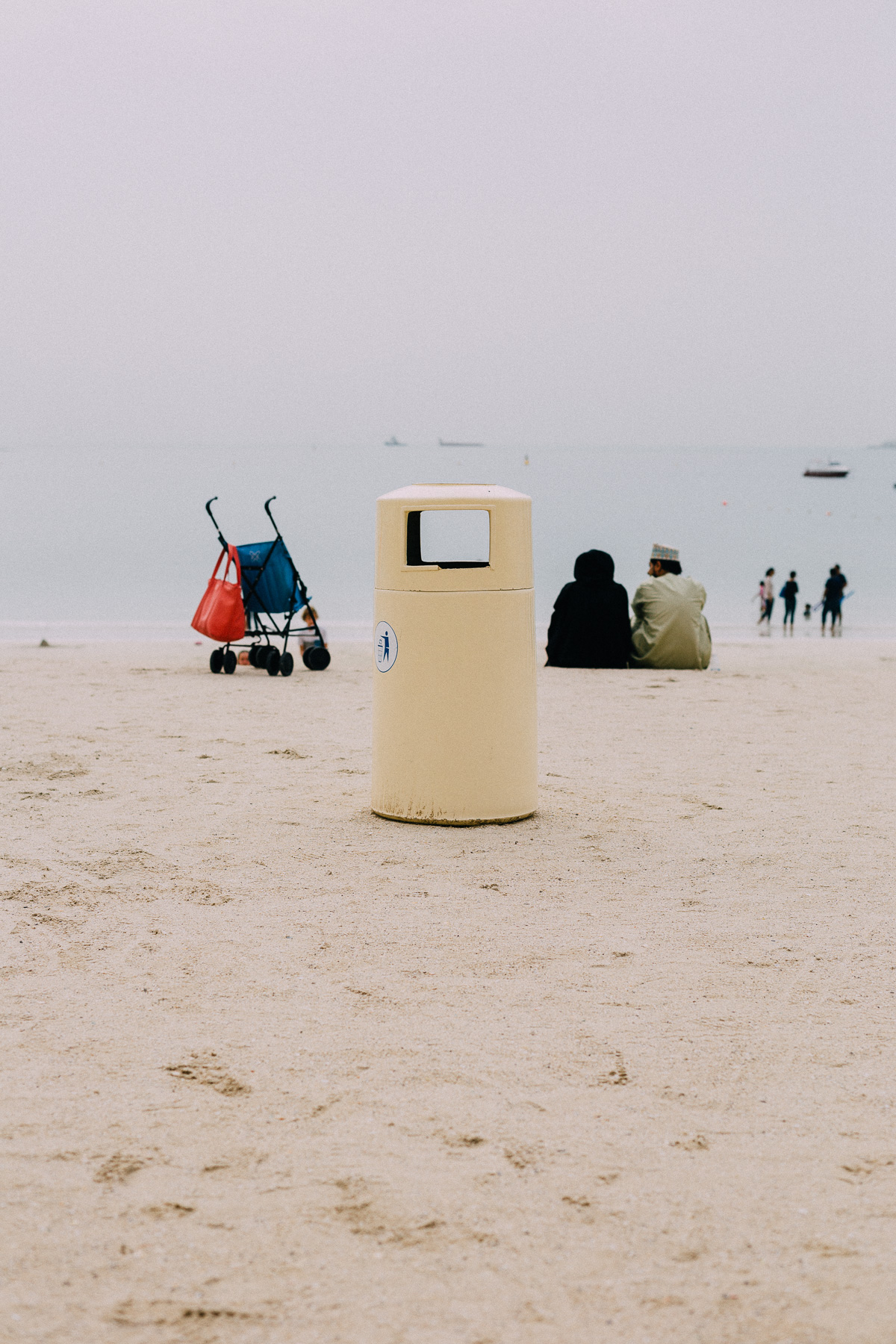
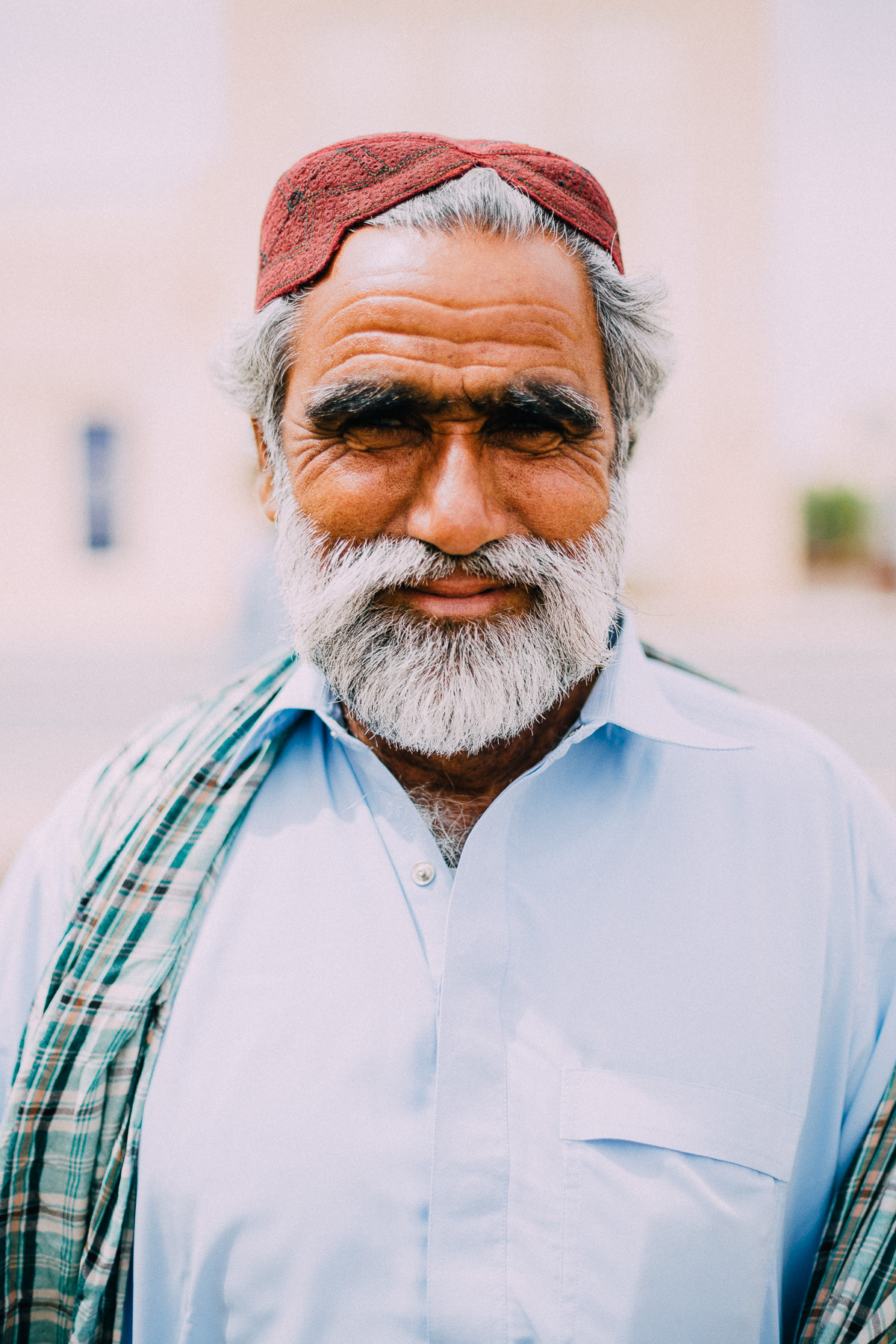
You might like

Inside the fight against Japan’s ‘nuisance streamer’ epidemic
The business of brain rot — Taking advantage of a culture of tolerance and unwritten social rules, streamers searching for virality are increasingly targeting the far east country with outlandish stunts and pranks. As outrage builds towards foreign creators, ‘responsible streamers’ are speaking up.
Written by: Sophie Holloway

Jake Hanrahan: “Boys can cry, but we don’t all fucking want to”
Hard Feelings — In the latest edition of our column on masculinity and fatherhood, Rob Kazandjian speaks to the conflict filmmaker-journalist and Popular Front founder about his childhood, the found family and community at his Muay Thai gym, and the “complete counterculture” of ‘no rules’ fighting.
Written by: Robert Kazandjian

Euphoric portraits of queer joy and resistance at Trans Pride Brighton
Let us piss — Now over a decade old, the event grew to become Europe’s largest trans pride march. In a year when trans rights have come under the microscope more than ever, we went to this year’s edition, finding grassroots unity and collective rage.
Written by: Ella Glossop

Remembering the radical anti-nuclear Greenham Women’s Peace Camp
Life at the Fence — In the early ’80s, a women’s only camp at an RAF site in Berkshire was formed to protest the threat of nuclear arms. Janine Wiedel’s new photobook revisits its anti-establishment setup and people.
Written by: Miss Rosen

A new documentary traces the rise, fall and cratering of VICE
VICE is broke — Streaming on MUBI, it’s presented by chef and filmmaker Eddie Huang, who previously hosted travel and food show Huang’s World for the millennial media giant.
Written by: Ella Glossop

Warm, tender photos of London’s amateur boxing scene
Where The Fire Went — Sana Badri’s new photobook captures the wider support networks and community spirit around the grassroots sport, as well as the significance of its competitions to the athletes who take part.
Written by: Isaac Muk

